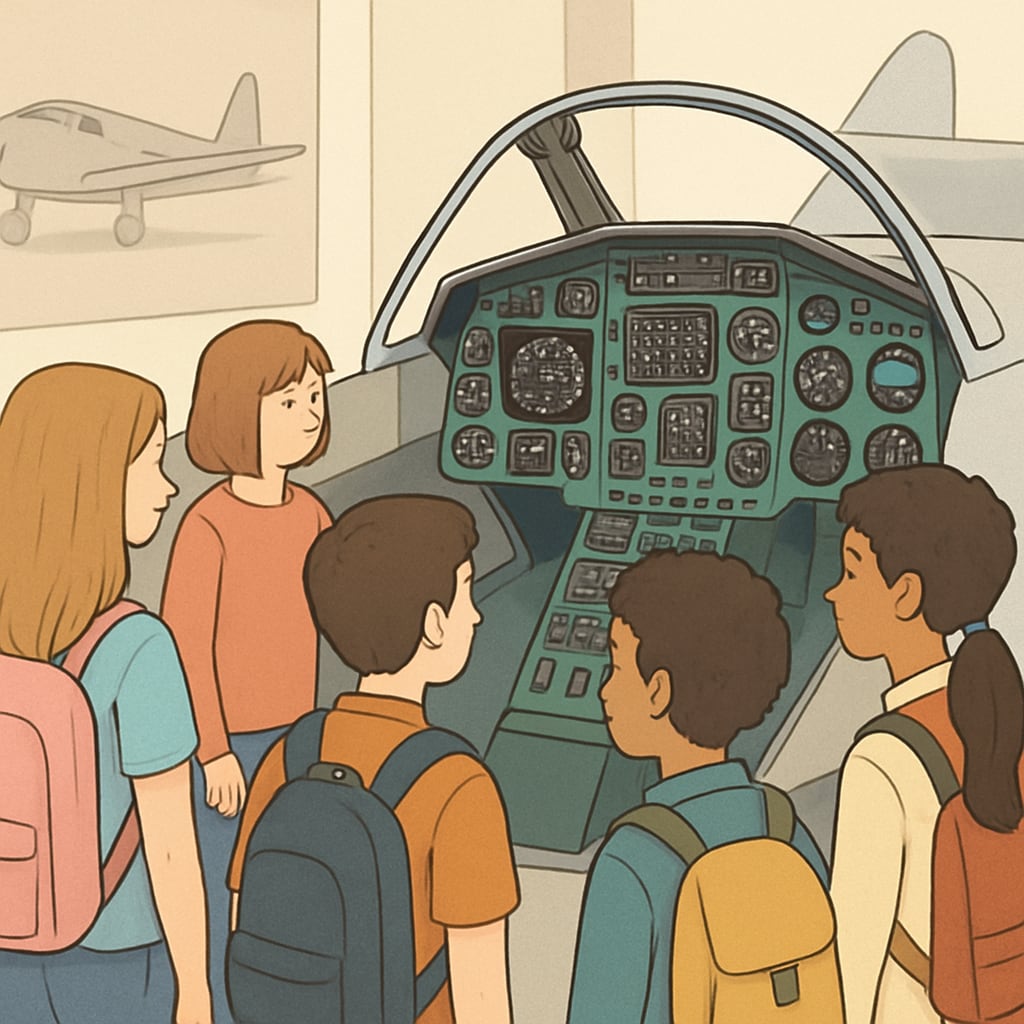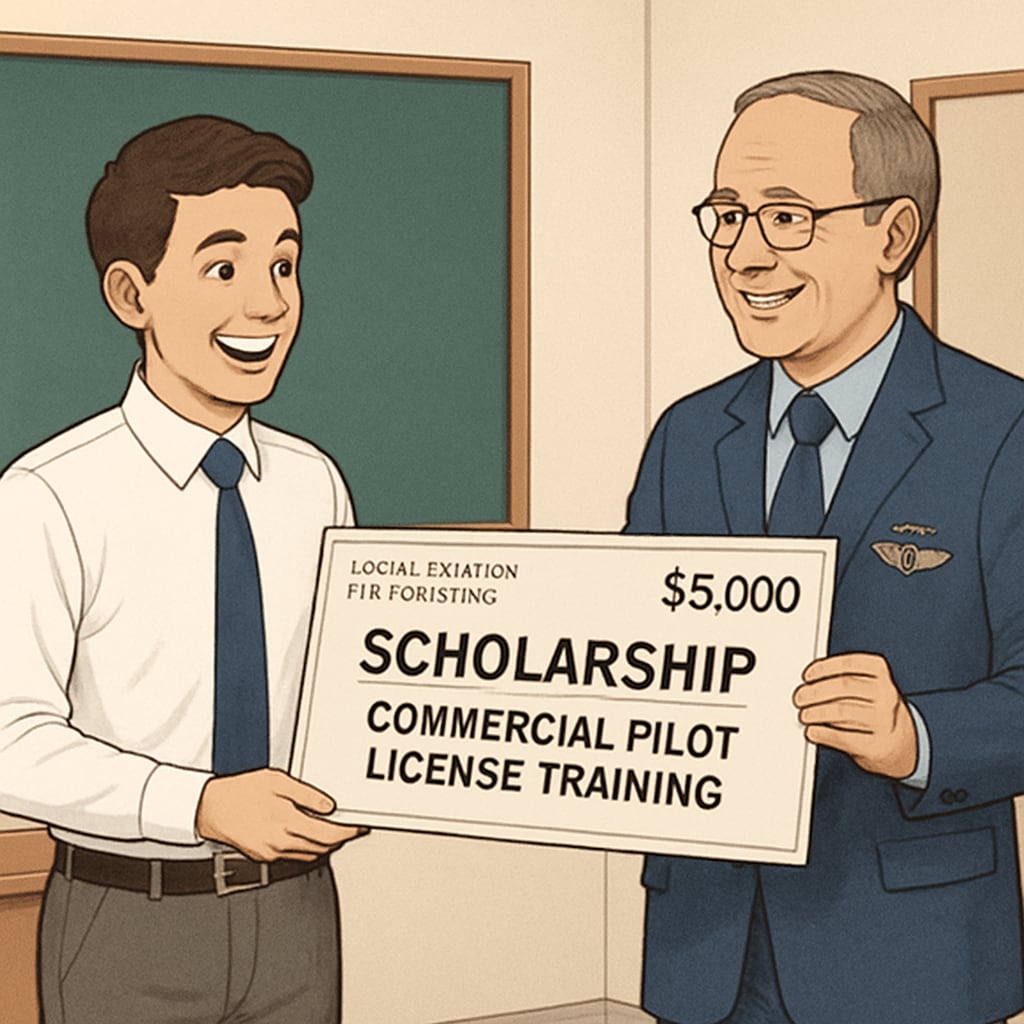For students dreaming of the skies, pursuing a Commercial Pilot License (CPL) is a key step toward becoming a professional pilot. However, the journey from a K-12 classroom to the cockpit requires more than passion—it demands planning, resources, and funding. This article explores how educators and parents can inspire aviation interest in K-12 students, guide them through career planning, and identify funding opportunities to make their CPL ambitions a reality.
Introducing Aviation Early: Sparking Curiosity in K-12 Students
Inspiring students to consider aviation careers begins by introducing them to the field early. K-12 programs that incorporate aviation-themed curricula or extracurricular activities can plant the seeds of interest. For example, science lessons can highlight aerodynamics, while math classes can explore flight-related calculations. Field trips to airports or aviation museums also provide students with firsthand experiences.
In addition, programs such as the Young Aviators Program or the Experimental Aircraft Association’s Young Eagles offer an excellent starting point. These organizations provide workshops, mentorship, and even introductory flight experiences to young learners.

Funding Aviation Dreams: CPL Training and Financial Support
One of the biggest barriers to pursuing a CPL is the cost. Flight training, simulator hours, and licensing fees can add up quickly. Fortunately, there are several funding avenues available to aspiring pilots:
- Scholarships: Organizations such as the Aircraft Owners and Pilots Association (AOPA) offer scholarships for flight training, including CPL programs.
- Grants: Certain aviation academies and private foundations provide grants specifically for underrepresented groups in aviation.
- Work-Study Programs: Some flight schools allow students to work part-time in exchange for discounted training hours.
- Community Support: Local businesses or community organizations may be willing to sponsor students with strong potential and commitment to aviation.
By researching and applying for these funding opportunities, students can significantly reduce the financial burden of CPL training.

Mapping the Flight Path: Career Planning for Aspiring Pilots
Beyond funding, students need a clear roadmap to achieve their aviation career goals. This involves understanding the requirements for becoming a commercial pilot, including the necessary certifications, flight hours, and medical examinations. Encouraging students to set milestones—such as obtaining a Private Pilot License (PPL) before pursuing a CPL—can make the process more manageable.
Additionally, mentorship plays a critical role in career planning. Connecting students with experienced pilots or industry professionals provides invaluable insights into the realities of the job. Online forums and professional networks like Pilot Career Centre can also help students explore career options and connect with mentors.
Building a Strong Foundation for Liftoff
In conclusion, cultivating a passion for aviation in K-12 students requires a combination of inspiration, education, and practical support. By exposing students to aviation early on, guiding them through career planning, and helping them access funding opportunities, we can empower the next generation of pilots to soar toward their dreams. With the right resources and encouragement, the skies are truly the limit.
As educators, parents, and community members, our role is to provide the tools and guidance students need to take flight—both figuratively and literally. Let us work together to ensure that financial barriers and lack of access do not ground the aspirations of future aviators.
Readability guidance: This article uses short paragraphs and lists to enhance readability, ensures a balanced keyword distribution, and incorporates relevant examples and external links to provide valuable resources for readers. Transitions such as “however,” “in addition,” and “for example” are used to maintain flow and clarity.


